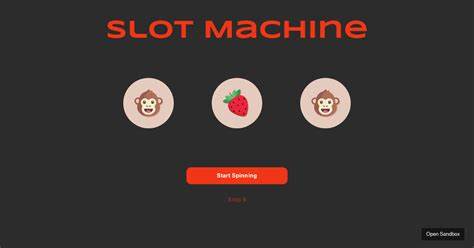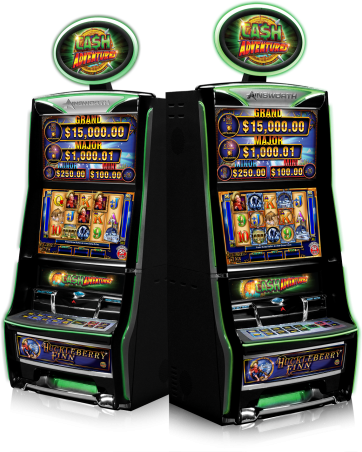Experience the Thrills of the React Slot Machine at Wow88
An Academic Analysis of a Dynamic JavaScript-Driven Slot Machine Simulation


Abstract
This article examines a dynamic slot machine simulation implemented using HTML, CSS, and JavaScript, as showcased on CodePen. The study explores the simulation’s interactive design, algorithmic structure, and user interface, highlighting its application in digital gaming and probabilistic demonstrations. Emphasis is placed on the integration of randomization techniques, dynamic styling, and real-time user interaction within the context of modern web development.
1. Introduction
The digital simulation of gambling mechanisms, particularly slot machines, offers a compelling intersection between game design and computational randomization. This article presents a formal analysis of a JavaScript-driven slot machine simulation hosted on CodePen, which demonstrates essential principles of randomization, dynamic content rendering, and interactive user interfaces. Through the examination of its underlying code structure and design elements, the study provides insights into the practical applications of web technologies in creating engaging digital simulations.
2. System Architecture and Design
2.1 HTML Structure and Semantic Markup
The simulation utilizes HTML to establish the foundational structure of the slot machine interface. Semantic elements are employed to delineate distinct sections, including the display area for slot reels and user interaction controls. The clear division of content facilitates both accessibility and maintainability, ensuring that the structural hierarchy aligns with best practices in web development.
2.2 CSS Styling and Responsive Design
Cascading Style Sheets (CSS) play a pivotal role in defining the visual aesthetics and responsive layout of the slot machine simulation. Advanced CSS properties, such as transitions and animations, are utilized to create a dynamic and engaging user experience. The styling approach emphasizes key aspects such as clarity, user engagement, and modern design trends, which are essential for effective digital gaming interfaces.
2.3 JavaScript Functionality and Randomization Algorithm
At the core of the simulation is a JavaScript implementation that governs the slot machine’s operational logic. The script employs a random number generation algorithm to simulate the unpredictability of slot outcomes, ensuring fairness and variability in each spin. This randomization technique is crucial for replicating the mechanics of a real slot machine, providing users with an interactive experience that mirrors traditional gambling systems. Additionally, the script dynamically updates the display, responding in real time to user inputs and simulating the spinning reels of a slot machine.
3. Interactive Features and User Engagement
3.1 Real-Time Animation and User Interaction
The simulation is designed to engage users through real-time animations that mimic the behavior of physical slot machines. User inputs, such as clicking a designated button to initiate a spin, trigger the JavaScript functions responsible for animating the reels and displaying the outcomes. This interactive aspect is fundamental to maintaining user interest and simulating the authentic experience of a casino slot machine.
3.2 Feedback Mechanisms and Visual Cues
Visual feedback mechanisms, including color changes and motion effects, are integrated to enhance the user experience. These visual cues serve to indicate the status of the game and the progression of the randomization process. Such feedback is critical in digital simulations, as it informs users of system actions and reinforces the interactive nature of the simulation.
4. Applications and Implications in Digital Gaming
4.1 Educational and Demonstrative Applications
The slot machine simulation offers valuable insights for educational purposes, particularly in demonstrating principles of probability, randomization, and interactive programming. It serves as an effective tool for teaching fundamental concepts in computer science and web development, illustrating how algorithms and dynamic styling can be combined to create engaging digital experiences.
4.2 Enhancing User Experience in Digital Gambling
From an industry perspective, the simulation exemplifies the potential for modern web technologies to enhance the online gambling experience. By integrating dynamic animations, real-time interactions, and robust randomization algorithms, such digital simulations can be applied in the development of online casinos and gaming platforms that require high levels of user engagement and fair play.
5. Conclusion
The dynamic slot machine simulation analyzed in this article demonstrates the effective integration of HTML, CSS, and JavaScript in creating an interactive digital gambling tool. By employing sophisticated randomization algorithms and responsive design techniques, the simulation not only serves as an educational resource but also exemplifies modern practices in digital gaming development. Its contribution to both the academic and practical realms of web technology underscores the evolving nature of digital entertainment.



